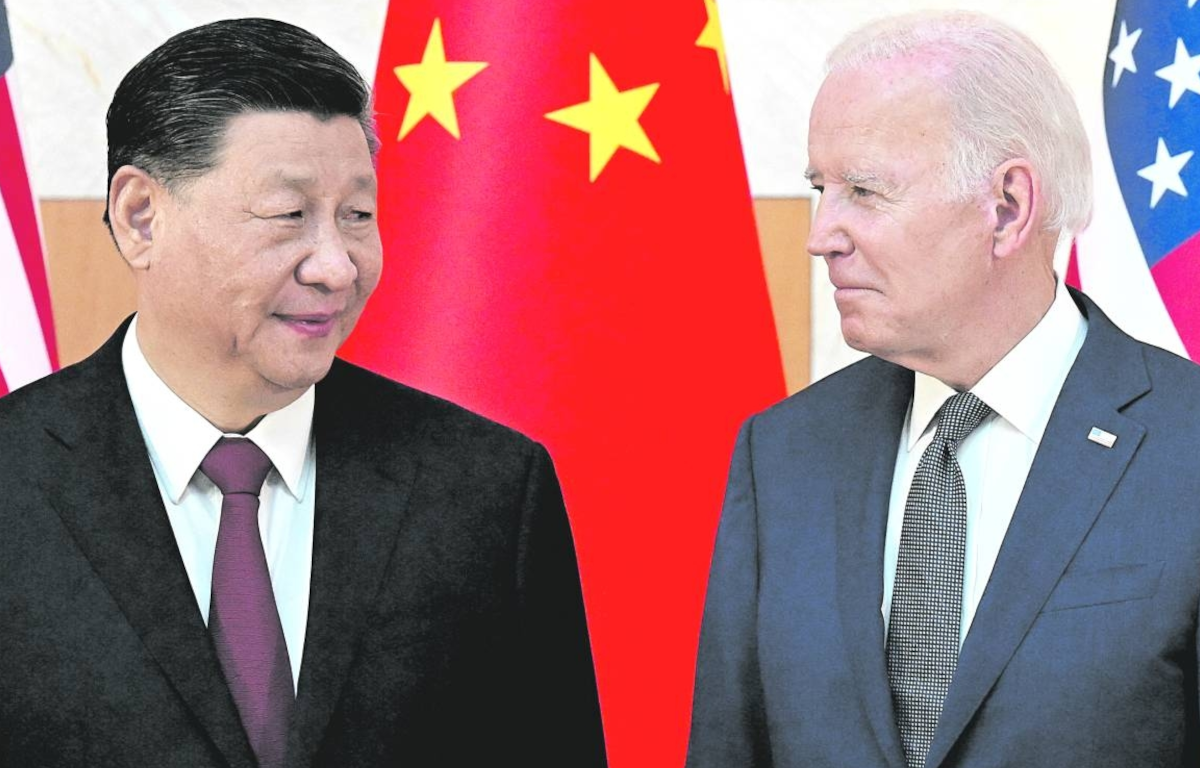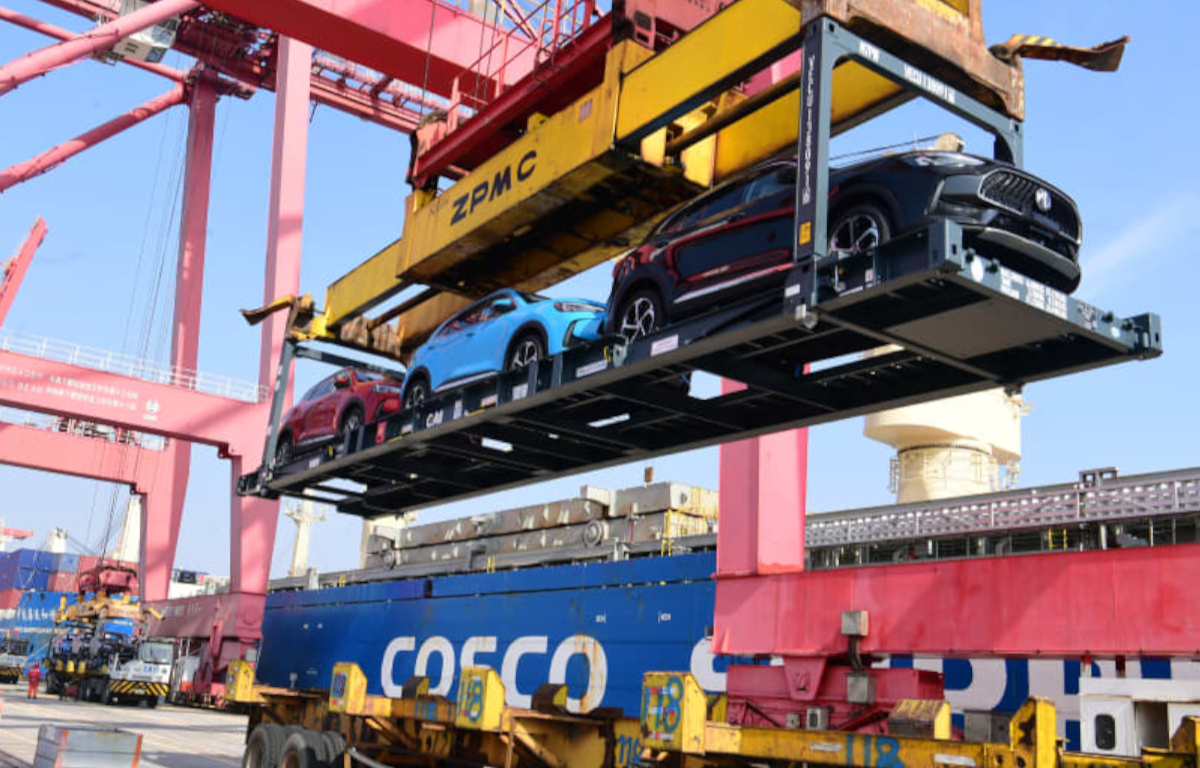
The decision to move away from tanks and howitzers is driven by the evolving threat landscape. Modern conflicts are characterized by asymmetrical warfare, urban combat, and the utilization of advanced technologies by potential adversaries. The Marines recognize the need to adapt to these new threats and maintain a competitive edge in the changing global security environment.
Enhancing mobility and agility is a key factor behind the Marines’ strategic shift. By transitioning to a lighter, more mobile force, the Marines aim to increase their ability to rapidly deploy in various operational environments. Lighter infantry units equipped with advanced weapons and technologies provide greater maneuverability, enabling the Marines to quickly respond to emerging threats and engage in urban warfare scenarios where heavy armor may be a hindrance.
Advancements in technology have also played a significant role in the Marines’ decision. Unmanned systems, precision-guided munitions, and networked communications have become increasingly prevalent on the modern battlefield. By investing in these cutting-edge technologies, the Marines aim to create a more effective and integrated force that can leverage information dominance, long-range precision fires, and enhanced situational awareness to their advantage.
The Marines’ renewed focus on amphibious operations is another driving force behind their decision to transition away from heavy armor. As a naval expeditionary force, the Marine Corps places great importance on their ability to conduct amphibious assaults and project power from the sea. By reallocating resources previously dedicated to tanks and howitzers, the Marines can invest in capabilities that enhance their amphibious assault capabilities, ensuring they maintain their unique role in projecting force globally.
The Marines’ decision to shift away from heavy armor is closely tied to their commitment to joint force integration. In modern warfare, close coordination and interoperability among different military branches are essential. By adopting a lighter force structure, the Marines can seamlessly integrate with other components of the armed forces, enabling effective joint operations and mission success. This approach aligns with the evolving nature of warfare, where joint force integration is crucial for achieving strategic objectives.
The Marine Corps’ decision to move away from tanks and howitzers and embrace a more agile and adaptable force reflects their commitment to confronting emerging threats and preparing for America’s next big war. By prioritizing mobility, embracing new technologies, focusing on amphibious operations, and enhancing joint force integration, the Marines position themselves as a formidable force in the ever-changing global security landscape. As the nature of warfare continues to evolve, it is imperative for military organizations to adapt, innovate, and ensure they are prepared for the challenges of the future.










Share this: